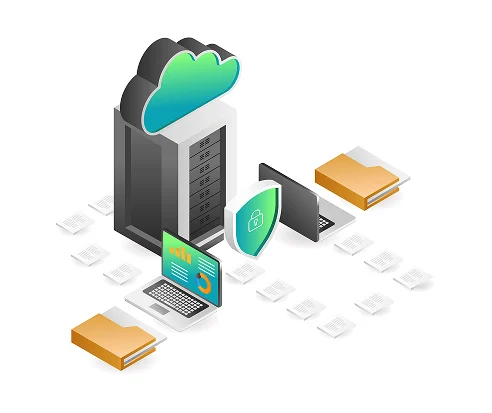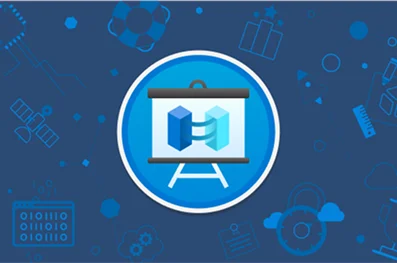
EMTS Gains Unified Visibility and Control Across Hybrid Infrastructure with Azure Arc and Azure Monitor
Business Problem
Disparate on-prem and multi-cloud resources lacked centralized governance, monitoring, and security, slowing response times and elevating risk.
Solution
Infrastructure
Partner
Reliance Infosystems
Industry
Telecommunication
Region
Nigeria
Business Problem
EMTS operated a complex hybrid IT estate spanning on-premises data centers and multiple cloud platforms. However, there was no single control plane to manage or monitor the distributed environment effectively. The lack of centralized visibility and unified governance led to operational inefficiencies, security risks, and slower incident response. It also placed a strain on internal IT teams and inhibited timely decision-making. EMTS needed a solution that would enable centralized management, proactive monitoring, and consistent policy enforcement across their entire infrastructure.
Solution Deployed
Reliance Infosystems designed and deployed a solution using Azure Arc and Azure Monitor, enabling EMTS to extend Azure’s governance and monitoring capabilities across all on-premises and multi-cloud servers. With Azure Arc, Azure Policy, and Azure Monitor in place, the organization gained a consistent governance and observability model across its estate. This solution improved operational efficiency, visibility, and compliance posture — all while positioning EMTS for a broader and more scalable digital transformation.
AI Integration
Azure Monitor’s AI-powered insights were leveraged to proactively detect anomalies, predict system issues, and enhance visibility across EMTS’s hybrid infrastructure. These machine learning–driven analytics enabled smarter incident response, improved uptime, and streamlined operations across cloud and on-premises environments.
Architecture and Services
Reliance Infosystems deployed Azure Arc agents across the organization’s hybrid infrastructure, integrating policy-based controls, centralized monitoring dashboards, and automated alerting. This architecture created a cohesive operational layer that unified EMTS’s governance and monitoring capabilities under a single pane of glass.

Reliance Differentiation
This project showcased Reliance Infosystems’ ability to deliver hybrid cloud modernization tailored to operational realities. By deeply engaging with EMTS’s internal teams, Reliance aligned its solution with the organization’s IT governance goals and operational requirements. From assessment to execution, the engagement was handled with end-to-end ownership, emphasizing collaboration, strategic foresight, and long-term efficiency. This partnership solidified Reliance’s position as a trusted digital transformation advisor capable of deploying intelligent, scalable infrastructure solutions that drive measurable outcomes.
Business and Community Impact
Business Impact
The implementation marked a turning point for EMTS’s infrastructure management. By centralizing operations, EMTS streamlined IT workflows, reduced incident response times, and strengthened cross-unit collaboration. The new control layer improved infrastructure agility reduced operational overhead, and enhanced decision-making capabilities across business units. IT teams were able to operate more efficiently, allowing the organization to focus on strategic growth initiatives.

Community and Societal Impact
The enhanced monitoring and governance capabilities resulted in a more secure and resilient service environment for EMTS customers. By modernizing infrastructure and enforcing compliance policies, the project supported the delivery of more reliable telecom and fintech services. It also improved data protection and reduced the risk of cyber threats, contributing to a more secure digital landscape for users across Nigeria.
Joint Partnerships
Reliance Infosystems led the solution design and implementation, working closely with the customer and local stakeholders to ensure that the customer’s pain point is addressed through the proposed secure AVD solution, and that they are compliant with the country’s regulatory standards.
Microsoft Resources and Support Utilized
The project was executed within Microsoft’s Co-Sell Ready program, with strategic technical guidance from Microsoft Senior Specialist Joel Shaibu.
Customer Reference

Reliance Infosystems unified our hybrid environment with Azure Arc and Azure Monitor, giving us the visibility and control we lacked. The result is stronger security, faster response, and a more efficient IT operation.

